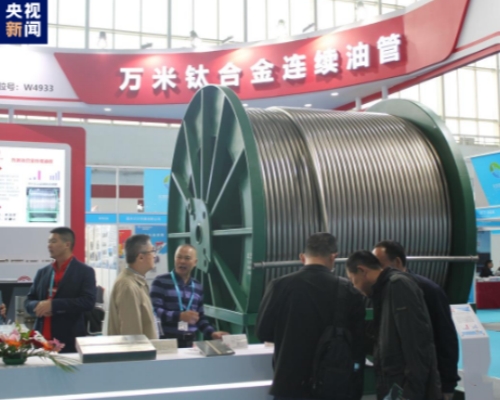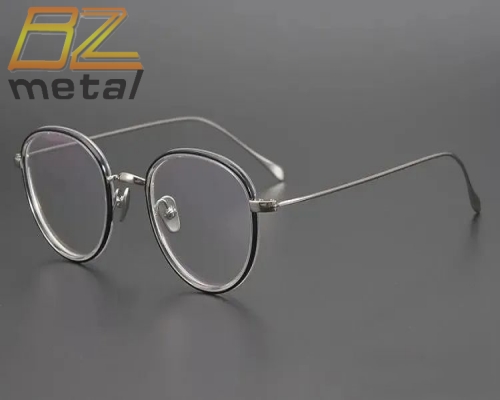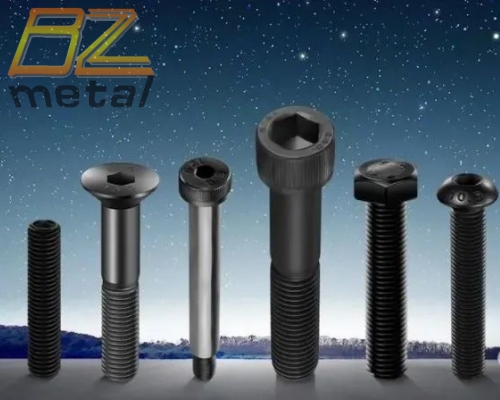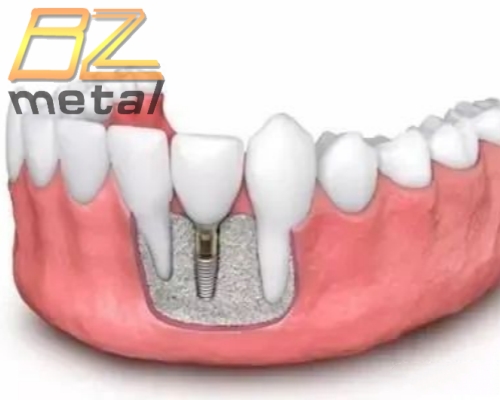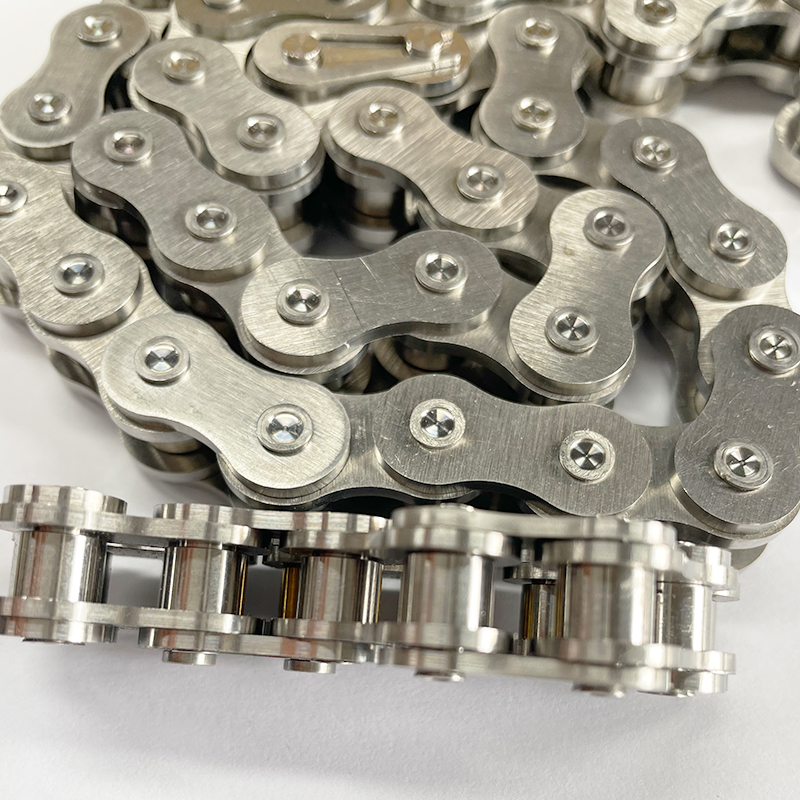Yamaha Engine Company Developed a Process for Forming a Nitride Layer on the Surface of Titanium All
Yamaha Engine Company Developed a Process for Forming a Nitride Layer on The Surface of Titanium Alloy
Recently, a joint research team composed of Professor Junichi Kikuchi of The Department of Engineering at Shizuoka University, Assistant professor Masataka Ijiri of Tokyo Electric University, and Yamaha Engine Materials Technology Department has successfully developed a technology that can form a hard nitride layer on the surface of titanium alloy without heating. Titanium alloy is widely used as structural materials because of its light weight, high strength and no rust. However, in order to expand the application range of titanium alloy, the disadvantage of wear resistance must be overcome. At present, the main use of nitrogen diffusion on the surface of titanium coated with a layer of titanium hard, wear resistance film, but this method needs to heat the titanium alloy for a long time, will cause the titanium structure coarsening, strength reduction. The development of a short time surface hardening process without heating will break through the multifunction of titanium alloys.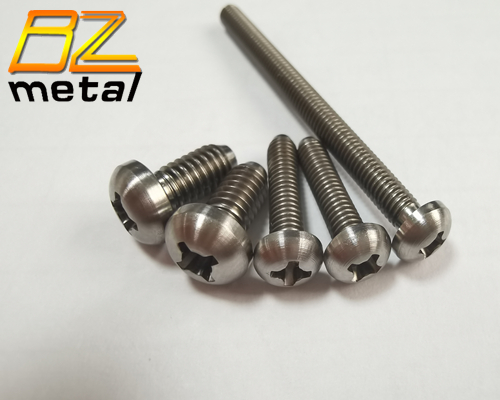
Through the process of high-speed projection of particles containing N elements at room temperature and atmospheric environment, a hard nitride layer is formed on the surface of the titanium alloy. The processing time of this process is only about 30 seconds, but the processing time is significantly shortened compared with the traditional method. In addition, the process can also avoid the problem of thickening of titanium alloy tissue caused by heating in traditional processes.
The research results obtained from the joint research will help to develop multi-functional titanium alloys with excellent wear resistance and high strength in the future, which are expected to be used in aircraft, automobiles, biological medical fields in the future.

